Press Kit
All of the assets shown and made available on this page are licensed under the Creative Commons Attribution license.
Logos
A collection with all logo files can be downloaded here
Horizontal with text
This is the logo that should be used by default:
Colored (dark background):

Colored (light background):

Black/White (dark background):

Black/White (light background):

Vertical with text
You can use this logo when there is not sufficient space to use the horizontal version:
Colored (dark background):

Colored (light background):

Black/White (dark background):

Black/White (light background):

Without text
When using this variant, you need to ensure that the text "OpenSpace" is displayed in a relevant place close to the usage.
Colored

Black/White

Naming
The name OpenSpace should always be written in this form, with capitalized O and S without a space in between the two words. In particular this means that Open Space is not an accepted form of the name and neither should the name be abbreviated to _OS_ or OpSp or anything else.
Logo guidelines
- Only use the logo to represent OpenSpace, not your own derived product or exhibition. You are allowed and encouraged to use the OpenSpace logo in accompanying material, but it should not be done in a way to imply endorsement by the development team
- When using the logo, the original aspect ratio must be maintained.
Attribution
- The use of these logos is expressively premitted and encouraged when creating derived material using the software.
- The following statement also counts as a valid attribution in relationship to the MIT license under which OpenSpace is distributed:
The content is rendered using the open-source astrovisualization software OpenSpace (http://openspaceproject.com), developed in collaboration between American Museum of Natural History, Linköping University, New York University, and the University of Utah.
OpenSpace is funded in part by NASA under award No NNX16AB93A, the Knut & Alice Wallenberg Foundation, the Swedish Research Council (Vetenskapsrådet), and the Swedish e-Science Research Centre.

